The Ultimate Guide to Marketing Distribution Channels (with Examples)
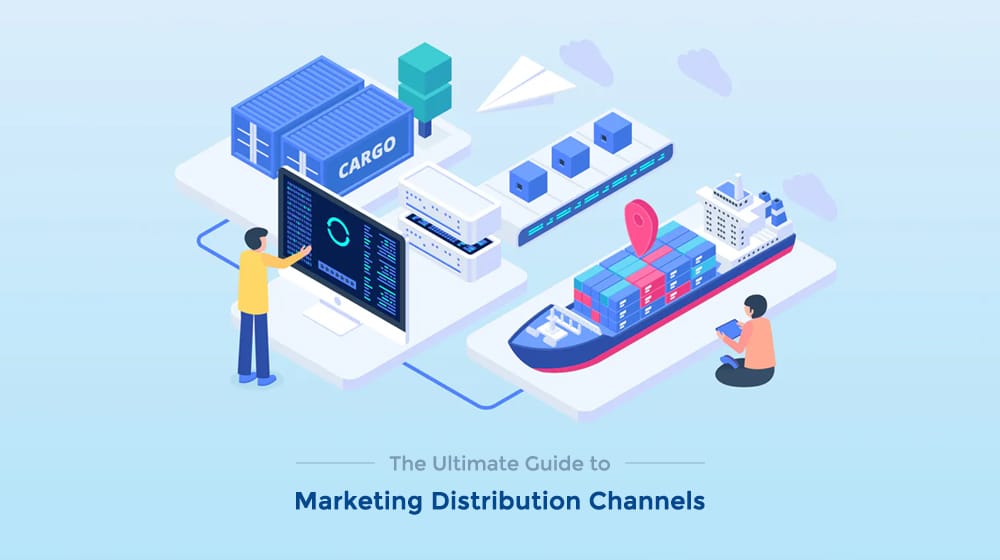
Over the last forty years or so, the internet has gone from a novelty used more by universities and the military than anything, to an indivisible element of every-day life for nearly everyone on the planet. It has affected all it touches, from information presentation to graphic design to marketing.
One particular aspect I want to talk about today is a little more technical, in-the-weeds content than my usual topics. I want to talk about marketing distribution channels.
Before we start, let's brush up on distribution channels, in general, in case you're not familiar with them yet.
What's a Distribution Channel?
A distribution channel is, to put it simply, a route from point A to point B, where point A is your company and point B is your potential customer. In product distribution, a distribution channel might be a storefront, or a vending machine you stock, or a shelf you rent in a department store. These channels all have different aspects to them. They can reach different people, at different times, with different value propositions.
You can buy a bottle of Coke from a vending machine, or you can go into a store to buy it; it makes no difference to Coca-Cola which option you choose, but to you, they are different experiences. A vending machine might be more convenient, but fail to keep the soda cold, and might be more expensive. A store might be further away, but cheaper once you get there, and give you a wider selection of alternatives. They are different distribution channels, for the same product.
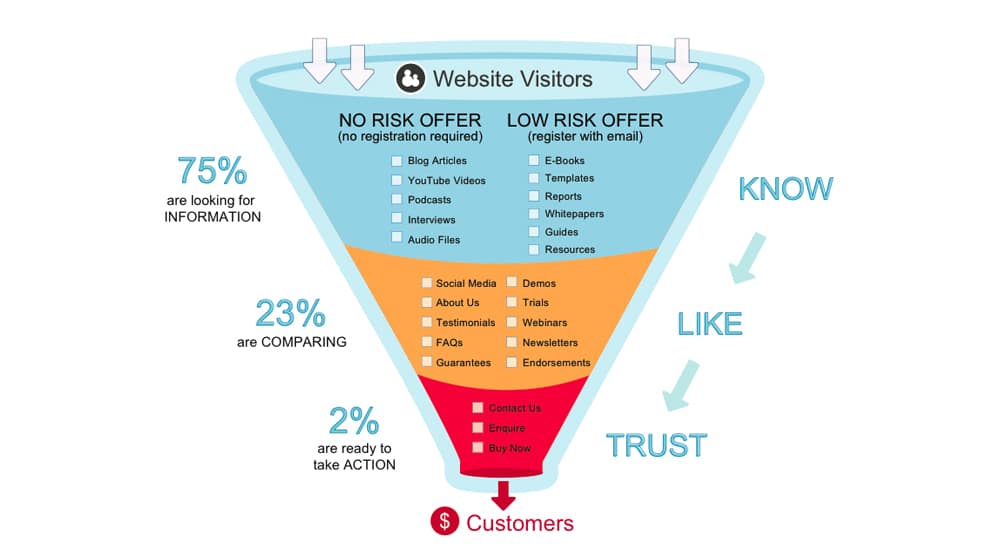
Content distribution through marketing is the same; you have content you want to deliver (be it blog posts, ads, a landing page for your services, or what have you) and you want to deliver it to a user who is part of your target audience. The channels are roughly analogous.
What are the different distribution channels?
Direct Distribution
Direct distribution is the first and most obvious form of distribution. You sell your product or deliver your content yourself, and people have to come to you to get it. It's all on you to live or die, thrive or fail. You don't have to rely on a third-party retailer or another group to manage your inventory, promote your products, or worry about loss prevention or theft.
Example: Apple. The Apple Store is a primary example of this mechanism. They're storefronts owned and operated by Apple, stocked solely with Apple products, and staffed by people who work for Apple.
Apple's iTunes Store and the iOS app store are the same, for digital products. If you have an iOS device, and you want to get a new app for it, you have to go through the Apple digital storefront to do it (unless you go out of your way to root your device, at least). Many businesses have digital stores like this, such as Shopify.
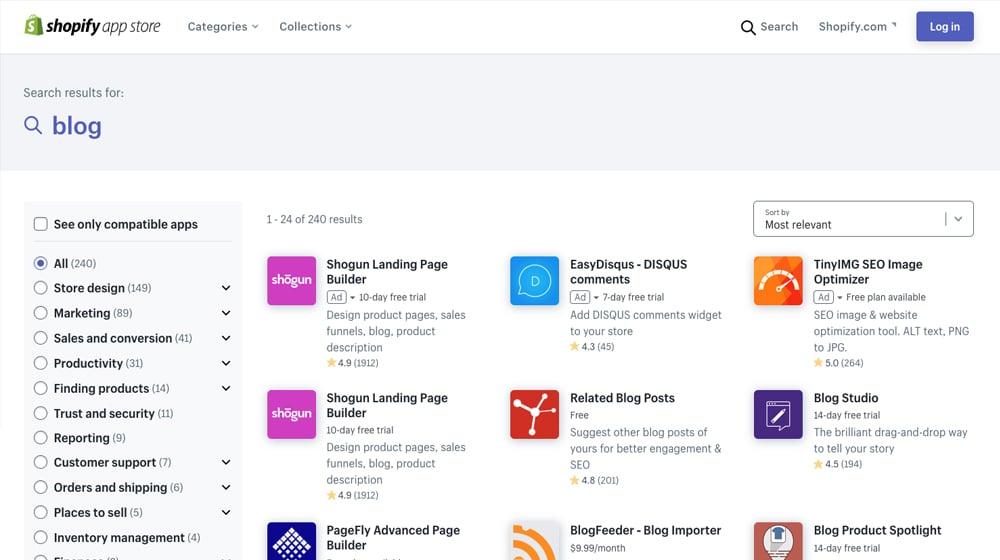
Another example might be something like Burger King. If you want Burger King food, you have to go to a Burger King store. You can't go to your nearest Walmart and get a Burger King burger (unless they have a built-in franchise). You can only go to one place to get that specific product.
Direct distribution is powerful for brands but can present a challenge. Apple can tightly control the customer experience in an Apple Store, and every element of the store – from the architecture to the tables to the lighting – is representative of the brand. It's unified in vision, focused on solely providing the one brand's products, and can be meticulously optimized for that particular experience.
Direct distribution is also useful because the brand in question doesn't need to worry about sharing revenue with third parties. They have to pay for things like rent and utilities, sure, but they don't have to pay a company like Best Buy for shelf space or advertising.
On the other hand, it's a massive expense for a brand to open a new franchise. A company like Burger King can open up new franchises everywhere, but Apple is stingier with their distribution; the price difference between products goes a long way towards explaining this.
Retail Distribution
Retail distribution is your Walmart, your Best Buy, or your Amazon. A brand's products can be sold through these channels; you can find an iPhone in the tech center for Walmart, in the phone section of Best Buy, and listed in a thousand different forms on Amazon.
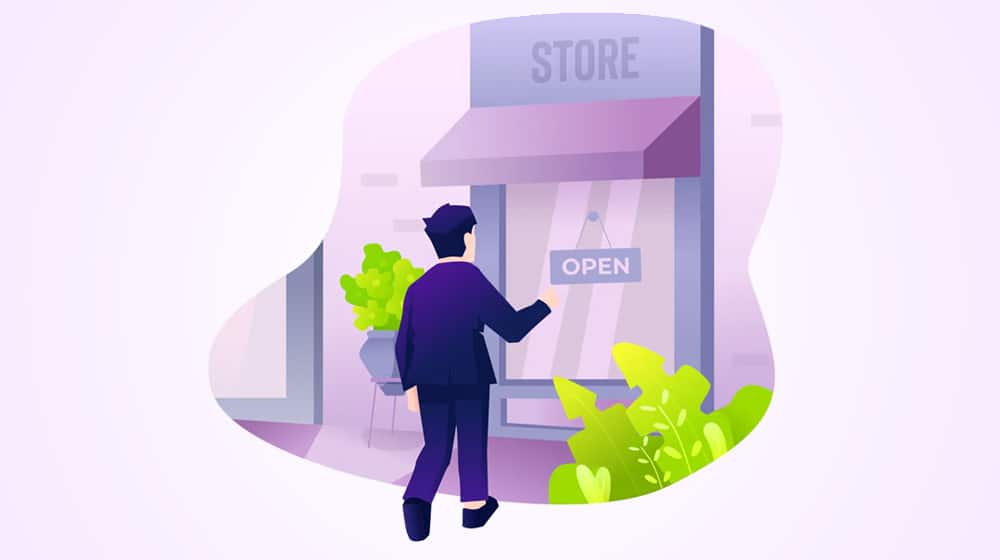
Forms of retail distribution like this come in several forms:
- Intensive Distribution. The brand selling the product puts their products on every store's shelves they can find. Go to any grocery store, any convenience store, any deli, any restaurant, and you're liable to find Coke products available for purchase. There's less brand loyalty this way; a customer might be fine with Pepsi if Coke isn't available, but something will be available there. The approach works best for products that have a broad appeal; the more niche a product, the harder a sell it is in more locations, so the less value a company gets from pushing for it.
- Selective Distribution. The brand selling the product puts their product in various retail outlets, but only if those outlets fit their chosen clientele. Apple fits this model; you can find an iPhone in a range of various tech-focused stores, but you won't find iPhones on the shelves of a convenience store or a gas station shop. High-end luxury products fit this too; you won't find a Coach handbag anywhere outside of luxury apparel stores that already cater to high-end shoppers.
- Exclusive Distribution. The brand selling the product puts their product in only a carefully chosen retail outlet. Ben and Jerry's Ice Cream has specific flavors you can only find at Target stores, for example. This becomes a mutually beneficial relationship between the brand and the retail outlet; fans of the brand go to that specific retail outlet when they might not otherwise, just to get the product from a brand they're loyal to. Needless to say, it doesn't work as well for brands with less loyalty.
There's also Dual Distribution. Dual Distribution is the Apple example again; they use more than one of these distribution types. Apple has their Direct Distribution channels (through Apple.com, Apple stores, the App Store, and so on) but their products can also be found on a Selective Distribution scale; throughout tech-focused retail outlets, but not in non-tech outlets.
Wholesale Distribution
Wholesale distribution is similar to retail distribution but focuses on a slightly different value proposition for their customers. A wholesaler will buy products from a brand in bulk, for a lower price point than retail. They will then re-sell those products, for a higher price point, to make their profit.
One example of this is Costco. Costco buys products in mass quantities from brands and sells them in bulk quantities in their stores. You have to buy a membership to Costco, which offsets their costs to stock bulk items and allows them to offer lower prices than buying comparable amounts of the same products from a traditional retailer.
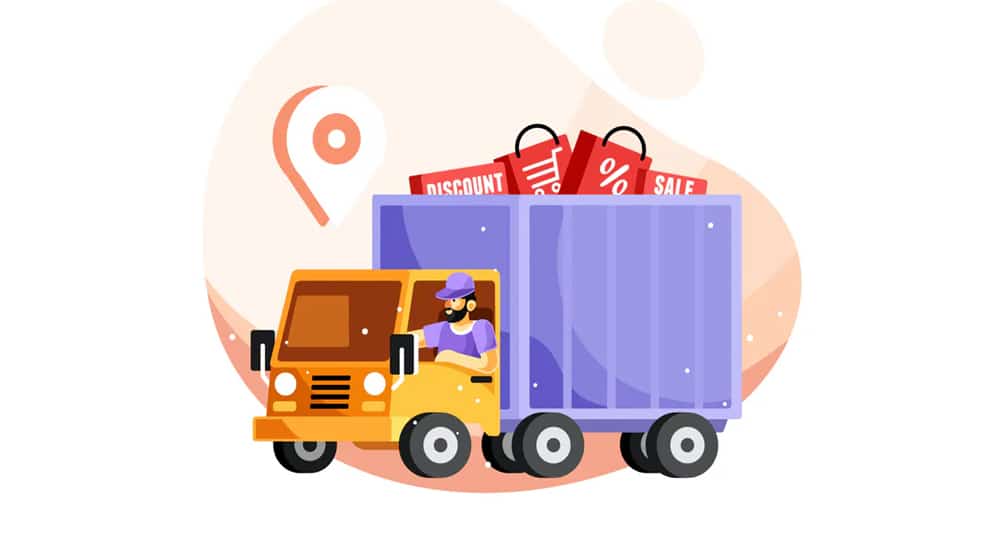
Another example is the broad world of Food Service; companies like Aramark, Gordon Food Service, and Sysco. These companies purchase food supplies in bulk from brands, farms, bakeries, and other bulk production facilities. They then sell these in smaller amounts to restaurants, cafeterias, schools, and other facilities that then sell them to the public.
Wholesalers are often not available to the public since the public rarely needs to buy in the bulk quantities necessary to make it worthwhile. Some operate stores of their own (for example, Gordon Food Service has outlets, and of course, Costco) while others do not.
Reseller Distribution
Reseller distribution is similar to wholesale; the brand sells its products to a reseller, who sells it to customers.
Resellers have to offer some kind of value to be a worthwhile relationship for the brand. As such, they're often called VARs, or Value-Added Resellers. What are some examples of value adds?

1. They might open up a new customer base. A reseller in Canada can help an American company broaden its audience when they couldn't handle it financially on their own.
2. They might package in additional value. Car dealerships often qualify for this definition; you can buy the same Mazda or Chevy from any dealership across the country, with the same trim options and the same price point. The value adds come from maintenance deals, upgrades, additional accessories, service calls, and other additional value.
3. They might offer additional services. There are a lot of companies out there that have very good software that costs way too much for small businesses to afford. Other companies come in and buy an enterprise, white-label package of the software, and resell their software access to small businesses at a lower price. This way a small business gains access to software it couldn't normally, and the reseller makes their profit by maintaining a large number of customers to outweigh the price they're paying for it. It's sort of like a Group Buy, except legitimized.
4. Resellers often add additional value in terms of bundled services, training, and customer service as well. It all varies depending on the reseller.
Another example of this is phone services. AT&T, T-Mobile, Sprint, Verizon; all of these companies offer the same range of smartphones, but vary in terms of their service, coverage, pricing, data caps, and value adds.
Adjusting Marketing for Distribution
Marketing, as you might expect, changes depending on the channels you're using. Apple will produce different marketing depending on whether they're reaching you through the T-Mobile storefront, the Best Buy storefront, or the Apple.com storefront.
- Direct Distribution marketing typically focuses on the customer experience and the benefits of brand loyalty. "Look at what you get for being our loyal customer, staying part of our ecosystem!" This is often coupled with luxury messaging and a narrative of superiority over others who buy their products from
- Intensive Retail Distribution marketing tends to focus on comparisons and brand recognition. Someone who goes to the store looking for peanut butter may not care whether they get Jif, Skippy, or Peter Pan, so the companies in question need to focus on things like label graphic design, memorable commercials, and reasons to prefer one brand over another, such as the ethics of harvesting peanuts.
- Selective Retail Distribution marketing tends to be similar to intensive marketing but with a bit more focus on brand loyalty from within the morass of similar products. When you go to Best Buy and shop for phones, all of these different devices from different brands are there side by side, so marketing has to draw more clear comparisons and objective reasons to prefer one over another.
- Exclusive Retail Distribution marketing focuses on the unique benefits of the product (like unique ice cream flavors) and promotes the fact that they can only be found at certain retail outlets. Sometimes they may focus on luxury features and exclusivity as well, making "difficult to find" a selling point itself.
- Wholesaler Distribution marketing is much more B2B-focused than B2C. The differences between these two kinds of marketing can (and have) formed the basis of entire blog posts and even entire blogs, so I'm not going to try to summarize it all here. Suffice to say it's an entirely different form of marketing in most cases.
- Reseller Distribution marketing focuses on the value add. It may or may not hide the originator of the product (such as Dollar Shave Club hiding that you can buy large boxes of razors directly from distributors yourself) but will promote the additional benefits they add to the purchase.
Of course, the truth is, most brands are either tightly focused on one kind of marketing (direct, wholesaler) or they spread themselves throughout nearly all of them. This is why marketing can be so complex; the channel, the target audience, the messaging, it all has to adapt and optimize for the most value in that specific channel.
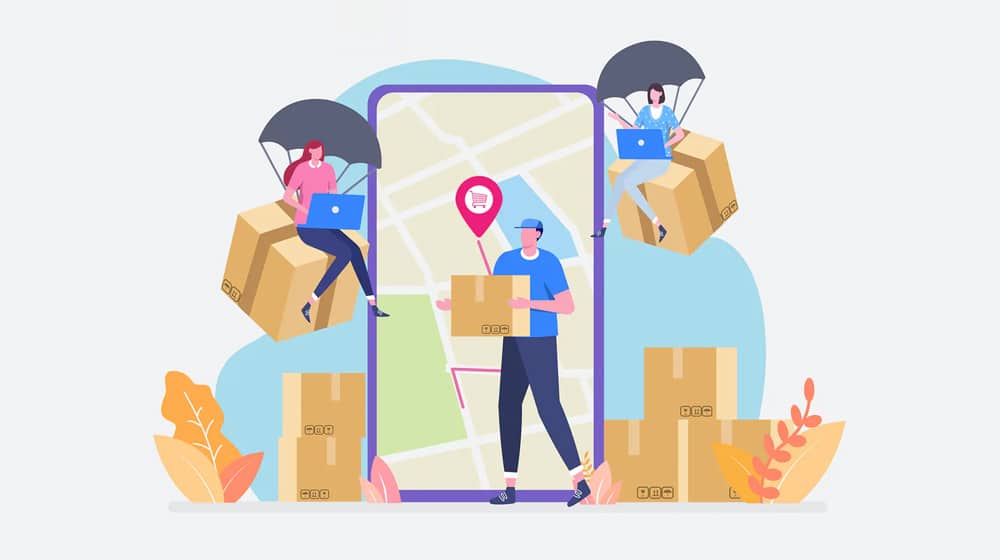
Remember, too, that different distribution channels apply to marketing content as well. When you're writing a blog post, you can promote it on your website (direct distribution), through a single social media account (for exclusive retail), through every social network (for selective retail), or even through content syndicators and aggregators (for intensive retail). You can even guest post on other sites, as a form of reseller distribution.
Channel and placement are both important, and being aware of the concepts is the first step towards learning how to differentiate and optimize them.
What are your favorite forms of marketing distribution? Did we leave any out? Did any of them give you any ideas for your marketing strategies? Let us know in the comments section below!



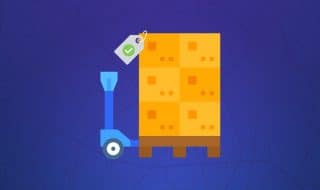



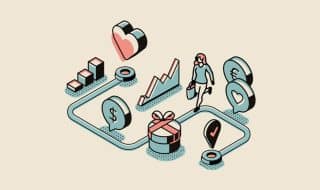


August 06, 2021
You explained it well. Nice info
August 12, 2021
Thanks, Darwin 🙂
February 28, 2022
Nice comprehensive guide. Thanks for sharing.
March 04, 2022
Thanks Ishmael!